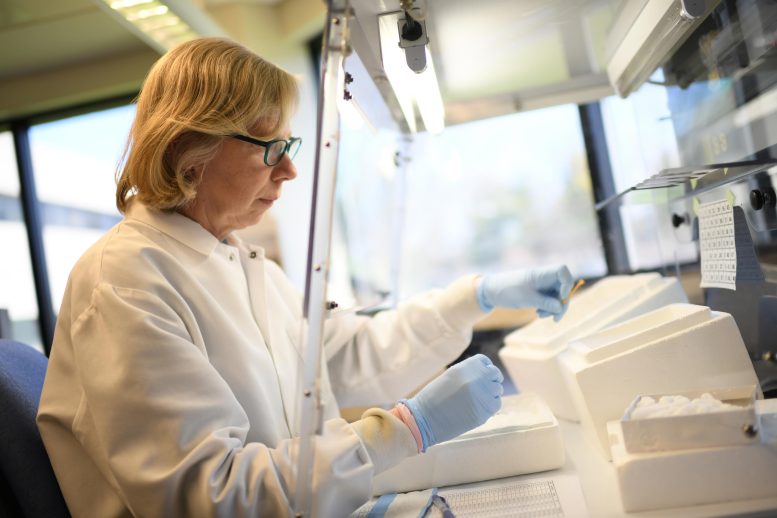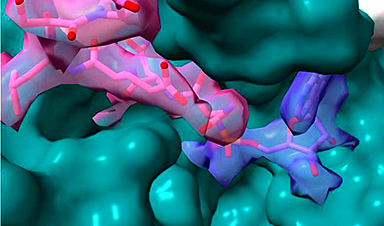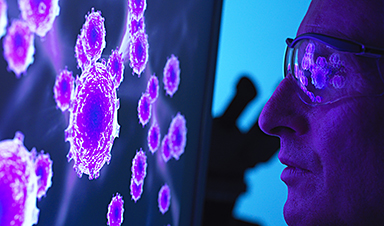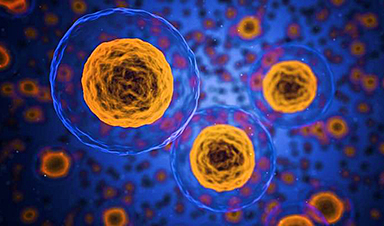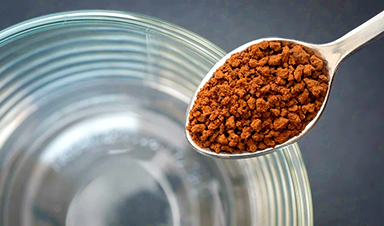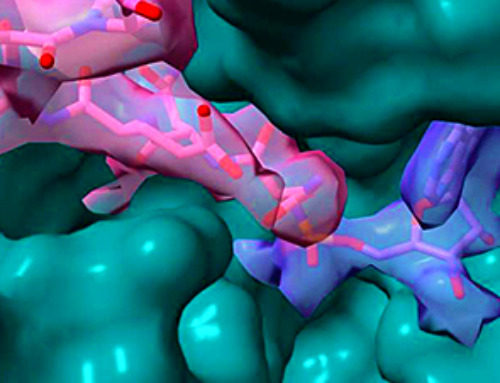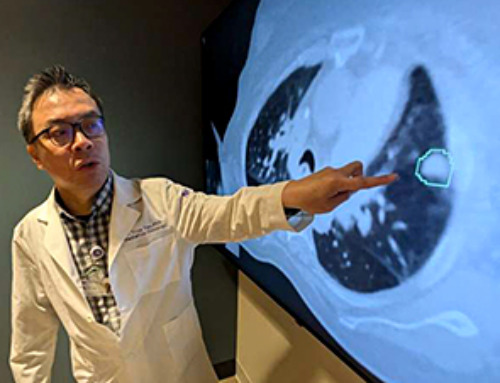- MoTrPAC examined the molecular effects of exercise on 2,600 volunteers, incorporating factors like age, race, and gender diversity.
- Building upon research in rats, MoTrPAC discovered over 35,000 biological molecules responding to endurance exercise and widespread gender differences in responses.
- Initial findings from MoTrPAC underscore the importance of including both sexes in exercise research to fully understand its health implications, advocating for diverse representation in future studies.
- By tracking exercise’s impact on biological molecules, MoTrPAC aims to develop personalized exercise regimens, offering tailored approaches to treat or prevent various health conditions.
Scientists Decode Exercise’s Molecular Impact
For the past eight years, researchers have been conducting a groundbreaking study supported by the National Institutes of Health (NIH) Common Fund: The Molecular Transducers of Physical Activity Consortium (MoTrPAC). With nearly 2,600 volunteers, the study aims to examine the molecular effects of exercise on healthy adults and children, considering factors like age, race, and gender. The goal is to create comprehensive molecular maps of these changes and uncover why physical activity has significant health benefits.
“This is an unprecedented large-scale effort to begin to explore—in extreme detail—the biochemical, physiological, and clinical impact of exercise,” said Russell Tracy, PhD., a University of Vermont Distinguished Professor of Pathology and Laboratory Science. “I’m pleased and honored that our lab at UVM was chosen to be the MoTrPAC Biorepository, and anticipate that the MoTrPAC ‘maps,’ when coupled with the carefully collected biosamples, will prove enormously useful over the next decade or more of related studies.”
Preliminary Research Findings
In a series of papers published today (May 1) in Nature, MoTrPAC researchers laid out their preliminary findings. Scientists discovered unique molecular responses to endurance exercise in different tissues, with mitochondria exhibiting varied changes across the body. Notably, adrenal glands showed significant alterations in nearly half of mitochondria-associated genes following endurance training, a previously unexplored aspect.
Gender differences were observed in molecular responses across various tissues, particularly in white fat tissue, suggesting implications for personalized exercise recommendations, especially in conditions like obesity.
These findings underscore the importance of including both sexes in exercise research to comprehensively understand its health effects.
Research Technician Sandra May checks new samples into the UVM Laboratory for Clinical Biochemistry Research, a key site for the pioneering eight-year MoTrPAC study. Credit: University of Vermont
Funding and Methodology
Twenty-two grants—totaling approximately $226 million in Common Fund support—have bolstered the work of researchers across the country—including Tracy and Jessica Rooney, M.P.H., and other members of the Larner College of Medicine team at the University of Vermont. The study involves various exercise regimens and collects biospecimens before, during, and after exercise.
Recipients of the grant worked as a consortium to develop plans for recruitment into the clinical trial portion of MoTrPAC, identification of methods to analyze tissue samples, and selection of animal models to best replicate human studies. Animal models allowed researchers to search for changes in tissues not easily accessible in human patients, such as the brain, lungs, and kidneys.
Lessons learned from initial phases in animals were then used to optimize protocols for full-scale recruitment. The ultimate aim is to personalize exercise recommendations based on individual needs and traits, potentially leading to significant advancements in health and treatment approaches.
Consortium Network and Management
The MoTrPAC network is a robust one—The Consortium Coordinating Center (CCC), comprising the Administrative Coordinating Core (ACC), Biospecimens Repository Core (BRC), Exercise Intervention Core (EIC), and Data Management, Analysis, and Quality Control (DMAQC) Core, provide essential support to the dozens of teams involved in this project. Led by four principal investigators, the CCC collaborates with Clinical Sites, Preclinical Animal Study Sites, Bioinformatics Center, Chemical Analysis Sites, and various committees.
The CCC employs strategies for integration, safety monitoring, and effective communication. Wake Forest University School of Medicine serves as the hub, with the DMAQC Core managing many of the project’s aspects. The CCC emphasizes rigorous research practices, real-time tracking, and extensive experience in coordinating large clinical trials. Its goals include fostering team science, ensuring research transparency, managing biological samples, coordinating preclinical studies, resource sharing, publishing results, and implementing analytical best practices.
Leadership and Future Prospects
Tracy is a key figure in MoTrPAC as one of the 4 principal investigators of the CCC, which secured $10 million in support. His specific role involves vice-chairing the MoTrPAC Steering Committee (SC) and leading the Biospecimens Repository Core (BRC). This core is responsible for collecting, storing, and managing biological samples from participants and animals involved in the study all of which must be done under cryopreservation conditions.
The biospecimens, which include blood, fat, and muscle tissues in humans, are crucial for the molecular analyses that aim to understand the changes occurring in the body due to exercise. His group then distributed these biological specimens to the MoTrPAC investigators, as well as other investigators who wish to conduct studies related to this large-scale exploration of the effects of exercise. Tracy’s leadership in the BRC indicates his crucial role in designing and implementing the protocols for biospecimen collection and ensuring the quality and integrity of these samples throughout the study.
With additional findings from the MoTrPAC study being released throughout the coming year, Tracy and his colleagues are poised to reshape our understanding of exercise’s molecular basis and impact on human health.
Reference: “Temporal dynamics of the multi-omic response to endurance exercise training” 1 May 2024, Nature.
DOI: 10.1038/s41586-023-06877-w
News
Team finds flawed data in recent study relevant to coronavirus antiviral development
The COVID pandemic illustrated how urgently we need antiviral medications capable of treating coronavirus infections. To aid this effort, researchers quickly homed in on part of SARS-CoV-2's molecular structure known as the NiRAN domain—an [...]
Drug-Coated Neural Implants Reduce Immune Rejection
Summary: A new study shows that coating neural prosthetic implants with the anti-inflammatory drug dexamethasone helps reduce the body’s immune response and scar tissue formation. This strategy enhances the long-term performance and stability of electrodes [...]
Scientists discover cancer-fighting bacteria that ‘soak up’ forever chemicals in the body
A family of healthy bacteria may help 'soak up' toxic forever chemicals in the body, warding off their cancerous effects. Forever chemicals, also known as PFAS (per- and polyfluoroalkyl substances), are toxic chemicals that [...]
Johns Hopkins Researchers Uncover a New Way To Kill Cancer Cells
A new study reveals that blocking ribosomal RNA production rewires cancer cell behavior and could help treat genetically unstable tumors. Researchers at the Johns Hopkins Kimmel Cancer Center and the Department of Radiation Oncology and Molecular [...]
AI matches doctors in mapping lung tumors for radiation therapy
In radiation therapy, precision can save lives. Oncologists must carefully map the size and location of a tumor before delivering high-dose radiation to destroy cancer cells while sparing healthy tissue. But this process, called [...]
Scientists Finally “See” Key Protein That Controls Inflammation
Researchers used advanced microscopy to uncover important protein structures. For the first time, two important protein structures in the human body are being visualized, thanks in part to cutting-edge technology at the University of [...]
AI tool detects 9 types of dementia from a single brain scan
Mayo Clinic researchers have developed a new artificial intelligence (AI) tool that helps clinicians identify brain activity patterns linked to nine types of dementia, including Alzheimer's disease, using a single, widely available scan—a transformative [...]
Is plastic packaging putting more than just food on your plate?
New research reveals that common food packaging and utensils can shed microscopic plastics into our food, prompting urgent calls for stricter testing and updated regulations to protect public health. Beyond microplastics: The analysis intentionally [...]
Aging Spreads Through the Bloodstream
Summary: New research reveals that aging isn’t just a local cellular process—it can spread throughout the body via the bloodstream. A redox-sensitive protein called ReHMGB1, secreted by senescent cells, was found to trigger aging features [...]
AI and nanomedicine find rare biomarkers for prostrate cancer and atherosclerosis
Imagine a stadium packed with 75,000 fans, all wearing green and white jerseys—except one person in a solid green shirt. Finding that person would be tough. That's how hard it is for scientists to [...]
Are Pesticides Breeding the Next Pandemic? Experts Warn of Fungal Superbugs
Fungicides used in agriculture have been linked to an increase in resistance to antifungal drugs in both humans and animals. Fungal infections are on the rise, and two UC Davis infectious disease experts, Dr. George Thompson [...]
Scientists Crack the 500-Million-Year-Old Code That Controls Your Immune System
A collaborative team from Penn Medicine and Penn Engineering has uncovered the mathematical principles behind a 500-million-year-old protein network that determines whether foreign materials are recognized as friend or foe. How does your body [...]
Team discovers how tiny parts of cells stay organized, new insights for blocking cancer growth
A team of international researchers led by scientists at City of Hope provides the most thorough account yet of an elusive target for cancer treatment. Published in Science Advances, the study suggests a complex signaling [...]
Nanomaterials in Ophthalmology: A Review
Eye diseases are becoming more common. In 2020, over 250 million people had mild vision problems, and 295 million experienced moderate to severe ocular conditions. In response, researchers are turning to nanotechnology and nanomaterials—tools that are transforming [...]
Natural Plant Extract Removes up to 90% of Microplastics From Water
Researchers found that natural polymers derived from okra and fenugreek are highly effective at removing microplastics from water. The same sticky substances that make okra slimy and give fenugreek its gel-like texture could help [...]
Instant coffee may damage your eyes, genetic study finds
A new genetic study shows that just one extra cup of instant coffee a day could significantly increase your risk of developing dry AMD, shedding fresh light on how our daily beverage choices may [...]

